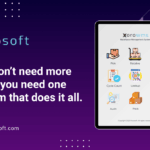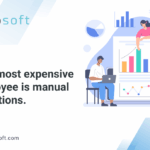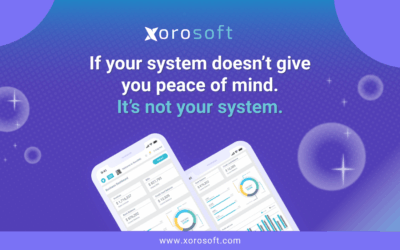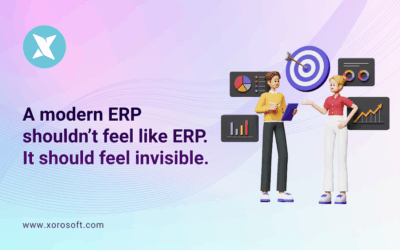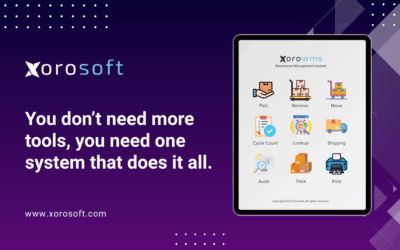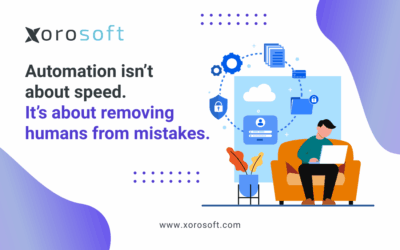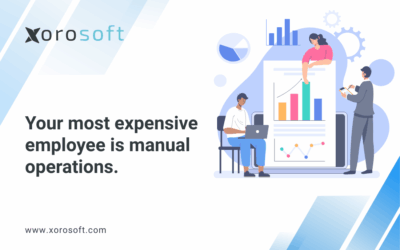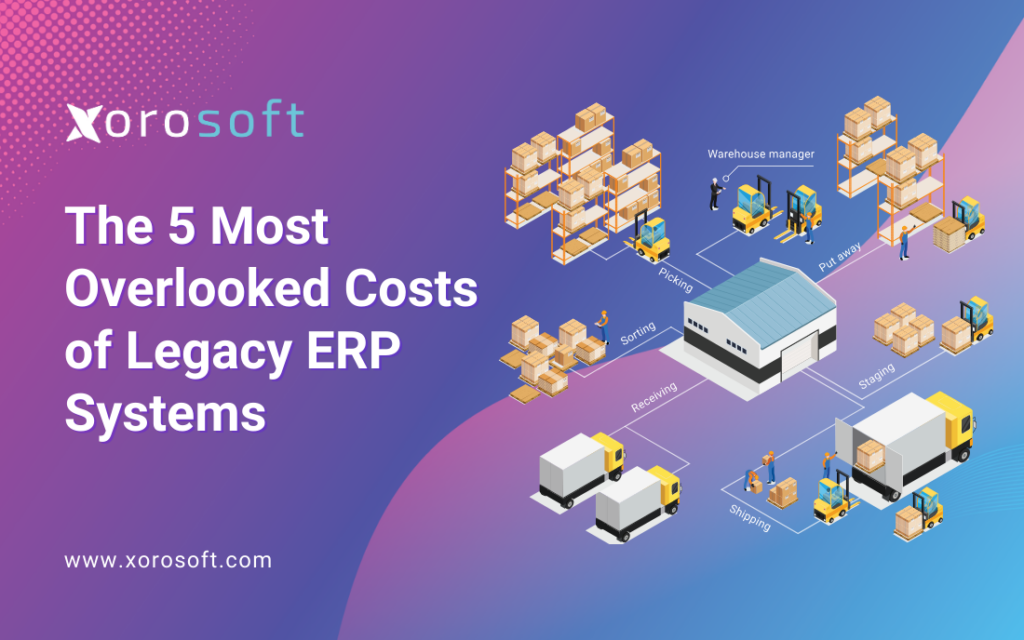
Legacy ERP Costs Are Quietly Draining Your Business
The legacy ERP costs most leaders overlook are quietly draining businesses every day. These hidden expenses reduce profitability, frustrate employees, and create roadblocks to growth. As a result, scaling becomes slower and more painful than it should be.
What makes them so dangerous is that they don’t always show up in financial reports. Instead, the overlooked costs of legacy ERP systems spread through inefficiency, lost revenue, and higher risk.
Why Legacy ERP Feels Cheaper Than It Is
On paper, older ERP systems seem affordable. The licenses are paid, servers are running, and the IT team knows how to keep them alive. However, what appears stable often hides serious inefficiencies.
For example:
-
Orders are delayed because warehouses don’t have real-time inventory data.
-
Accounting slows down while chasing missing spreadsheets.
-
Sales teams struggle without accurate stock visibility across channels.
Individually, these issues seem small. However, when combined, they reveal the true legacy ERP costs that quietly tax business growth.
Why Outdated ERP Cannot Keep Pace with Modern Needs
The truth is that legacy ERP wasn’t built for today’s fast-moving business world. Decades ago, companies had fewer channels, slower supply chains, and lower customer expectations.
Now, businesses must deal with:
-
Always-on commerce requiring instant syncing with Shopify, Amazon, and D2C.
-
Global operations across currencies, warehouses, and regions.
-
Customer expectations for two-day delivery, real-time tracking, and seamless service.
Consequently, companies using legacy ERP pay for inefficiency every day. Moreover, leaders often underestimate just how expensive these systems really are.
5 Hidden ERP Expenses Businesses Often Ignore
Legacy ERP comes with multiple hidden costs that quietly drain resources. Here are the five most common ones businesses underestimate:
-
Endless IT maintenance
Legacy ERP may appear “paid off,” but the maintenance never ends. Companies spend heavily on patching, hardware, and consultants. Therefore, IT teams remain stuck supporting old systems rather than driving innovation. -
Productivity lost to manual work
When ERP doesn’t integrate with Shopify, Amazon, or 3PLs, employees step in. They re-enter orders, reconcile data, and manage spreadsheets. As a result, skilled staff waste time on repetitive work. In addition, these inefficiencies prevent them from focusing on growth initiatives. -
Compliance risks that create expensive mistakes
Legacy systems often lack automated audit trails and transparent reporting. Consequently, compliance checks demand extra effort and errors slip in more easily. A single failed audit or penalty can instantly erase savings from outdated software. -
Revenue loss from inaccurate inventory
Batch-based inventory updates create sales channel problems. Customers see “out of stock” notices even when items exist, or companies overstock and later discount heavily. For example, inaccurate stock data directly causes missed sales opportunities. -
Growth barriers that block expansion
Legacy ERP cannot scale to support multi-location, multi-currency, or omni-channel operations. Finally, instead of enabling expansion, outdated systems become barriers to growth.
How Cloud ERP Replaces Hidden Costs with Efficiency
Forward-looking businesses are realizing that the cost of inaction is greater than the cost of upgrading. In fact, a modern, cloud-native ERP eliminates waste by providing real-time visibility, automating workflows, and scaling without barriers.
Cloud ERP helps by:
-
Delivering real-time visibility across inventory, sales, fulfillment, and accounting.
-
Offering native integrations with Shopify, Amazon, EDI, and 3PLs.
-
Scaling seamlessly across multiple currencies, warehouses, and channels.
-
Automating processes that once required manual effort.
By modernizing, companies cut the legacy ERP costs that silently hold them back.
How Xorosoft ERP Eliminates Legacy ERP Costs
Xorosoft ERP is designed for fast-scaling businesses ready to replace outdated systems. It addresses the legacy ERP costs leaders often underestimate:
-
No IT overhead: Cloud-native design eliminates patching and server costs.
-
Automation instead of manual work: Native integrations with Shopify, Amazon, EDI, and 3PLs. (Shopify App)
-
Compliance simplified: Automated audit trails and accurate reporting.
-
Real-time accuracy: Built-in WMS keeps inventory synced across channels.
-
Effortless scaling: Multi-location, multi-currency, and omni-channel ready.
It’s no surprise Xorosoft is ranked #1 in Ease of Use on G2 and recognized as a High Performer. (See G2 ranking)
👉 Learn more at Xorosoft.com.
Stop Paying the Legacy ERP Costs That Block Growth
The bottom line is clear. Legacy ERP costs more than leaders realize. IT overhead, lost productivity, compliance risks, revenue leakage, and growth penalties all add up.
Consequently, sticking with outdated systems only slows progress. Instead, businesses can invest in Xorosoft ERP and focus on scaling smarter.
✨ Book a demo today and see how much your business could save.


